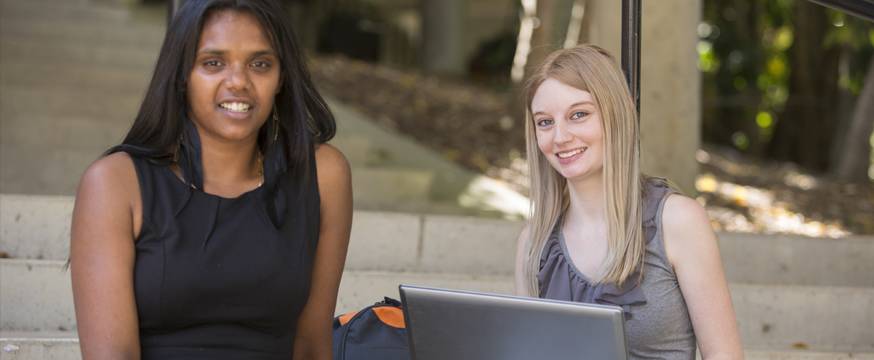
University numbers growing fast, Indigenous even faster
Research 28 Sep 2012 3 minute readIn a recent ACER Joining the Dots research briefing, ACER Principal Research Fellow Dr Daniel Edwards and ACER Research Fellow Eva van der Brugge analysed data from the 2011 Census, released by the Australian
Bureau of Statistics in August 2012, to provide insight into the characteristics of Australian university students and how they have changed since the previous Census and in the first decade of the 21st century.
Overall university student numbers grew by 25.1 per cent between 2006 and 2011, from more than 745 000 students to more than 932 000 students. This increase contrasts with the previous fiveyear period (2001 to 2006) where the university student population only grew by 3.2 per cent. No other inter-censal period in the past 20 years has recorded the rate of growth identified between 2006 and 2011.
Dr Edwards and van der Brugge said that while the precise reason for this growth is not clear, changes in government policy aimed at increasing participation in university and a new emphasis on higher education which began with the Bradley Review of Higher Education in 2008 have been shown in other data to have had a positive impact on university enrolment numbers.
The analysis revealed the number of Indigenous students enrolled at Australian universities increased by
43.5 per cent between 2006 and 2011, from around 7000 students to more than 10 000 students. However, Edwards and van der Brugge note that Indigenous people are still considerably underrepresented in Australian higher education, comprising only 1.09 per cent of university students despite making up 2.5 per cent of the Australian population in 2011.
The analysis also revealed interesting patterns in the birthplace of higher education students. Overall, the 2011 Census shows that just over one-third of all university students in Australia were born overseas. While the number of students born in Australia grew by about 24 per cent between 2006 and 2011, the growth rate for students born in other countries was almost 27 per cent.
Among students born overseas, the largest growth between 2006 and 2011 was for those born in Africa and
the Middle East. While their absolute numbers are still small, the African regions recorded an average of around 52 per cent growth in student numbers, equating to an increase of 8665 students between 2006 and 2011, and the Middle East recorded around 83 per cent growth with 7611 additional enrolments.
The research briefing also reveals:
- that growth in the number of university attendees between 2006 and 2011 was recorded in all age groups, and the average age of university students in 2011 was 26 years and 11 months;
- the proportion of female university students increased from around 53 per cent in 1991 to around 57 per cent in 2011, with the largest growth among part-time students, where women now make up almost 61 per cent of the population; and
- university students in Australia are most likely to be living with their parents (29 per cent) or with a partner (27 per cent), while 15 per cent are living in share houses and seven per cent live alone.
Find out more:
Joining the Dots is a subscription-based resource provided by ACER to those with an interest in Australian higher education. Details for subscriptions are available at <www.acer.edu.au/jtd> or by emailing jtd@acer.edu.au
